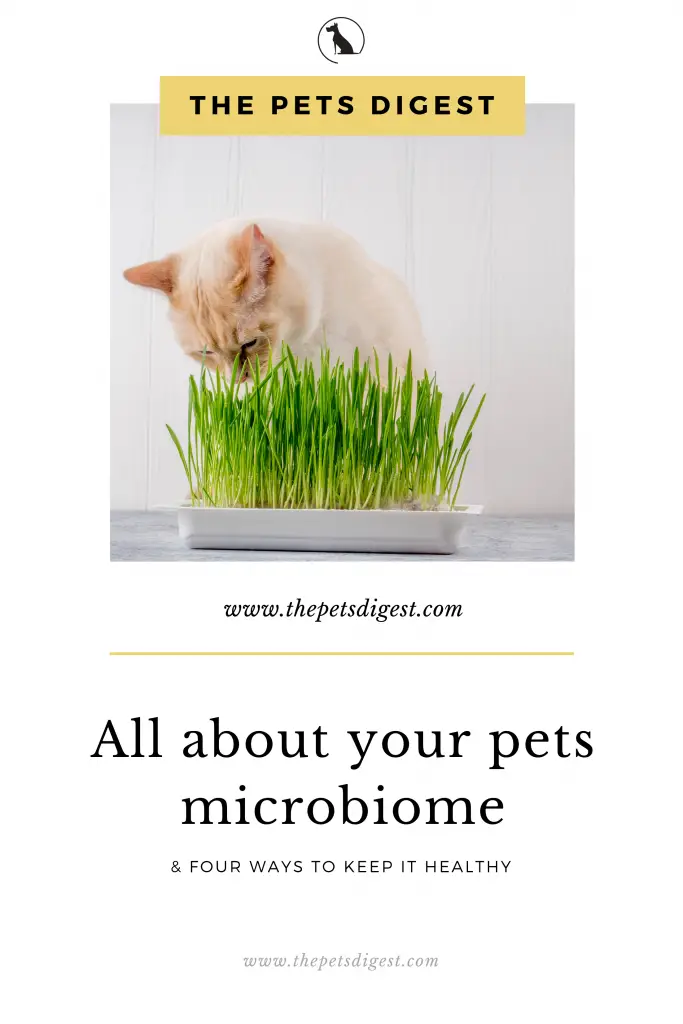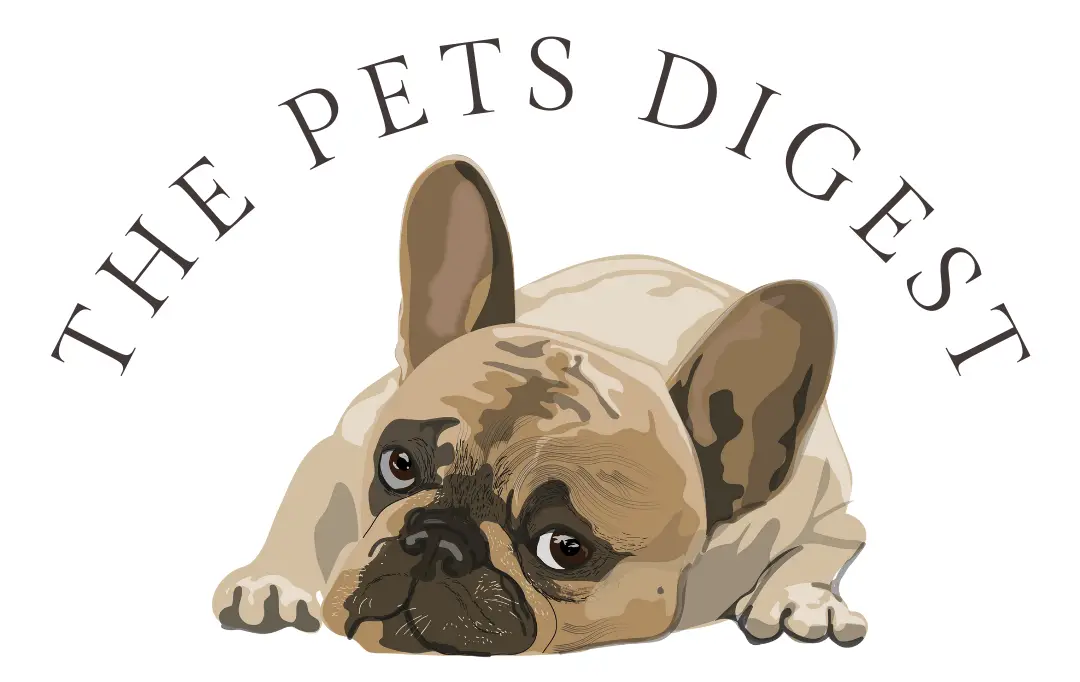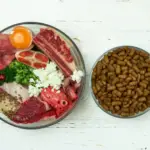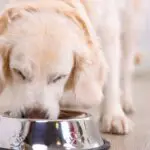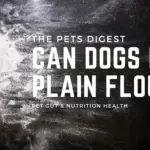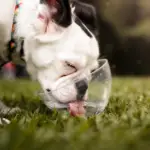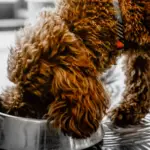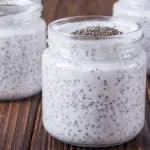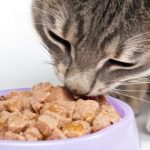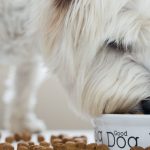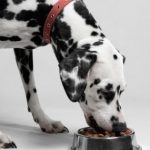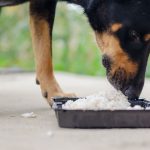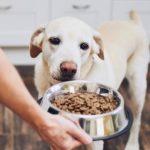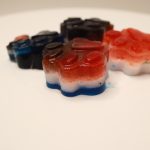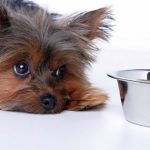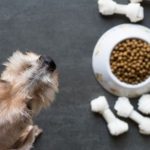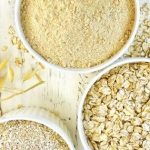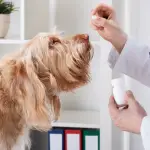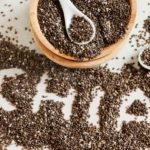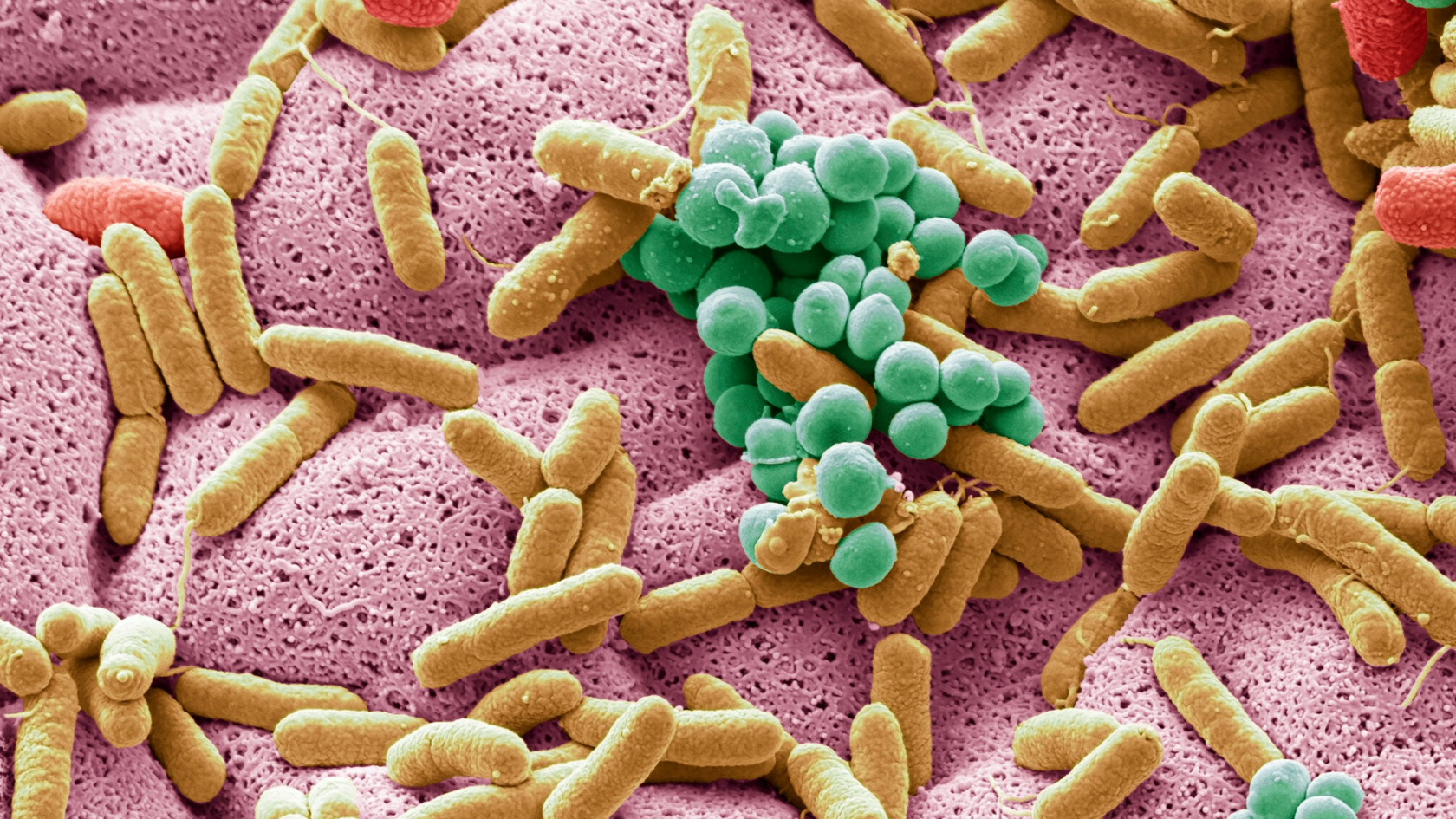A dog or cat’s microbiome is composed of communities of bacteria (and viruses and fungi) that live all over the body, but primarily in the gut. It is responsible for an extensive array of functions, including the development of immunity, pathogenic defense, and of course securing adequate nutrition. The microbiome is basically a mini-ecosystem that is extremely important in the well-being of your pet. It is so important that it is sometimes called the “forgotten organ”.
One of the major functions of the microbiome is to support the immune system by working closely with the GALT or gut-associated lymphoid tissue in the gut. The GALT is actually a mucus membrane that lines the intestinal tract and with your pet’s microbiome makes up over 80% of the immune system!
The microbiome also plays a role in arthritis. Read more about how arthritis affects the microbiome here.
A healthy gut can house at hundreds if not thousands of different species of bacteria, but a pet’s microbiome is not static and can change depending on what it eats and its environment.
Think of the microbiome as a little army inside your pet’s (and your) body. When they are compromised or killed off the bad guys are able to come in and basically destroy whatever they want.
The diversity and number of microbes can be affected by multiple factors including infection, stress, nutrition, disease, and of course antibiotic use.
If the beneficial bacteria are wiped out or greatly diminished for some reason and bad or pathogenic bacteria are allowed to flourish this can wreak havoc on your pet’s GI and immune system. You will then start to see diseases such as IBD, diarrhea, weight changes, dullness of coat, and Dysbiosis.
Keep reading to learn about four things you can do to ensure your pets microbiome remains intact and full of healthy bacteria

1. Feed Healthy Foods
Avoid genetically modified foods, foods high in preservatives and artificial flavors.
It is best to feed whole and fresh foods even if you have to add some to your dog’s kibble.
Some pet owners even go as far as feeding raw food which has been shown to increase the bacteria in your pet’s microbiome, you can read about that in this article.
2. Feed Pre and Probiotics
Probiotics are full of beneficial bacteria. Make sure to research high-quality probiotics that are free of fillers and artificial junk, if you are looking for some great natural choices you can read our article about four that we think are great.
Probiotics will help restore your pet’s microbiome so definitely administer them if your fur baby is on any type of antibiotic. Many owners find pellets easier to administer than powder, but of course, see what works best for your pet.
Another great way to add probiotics is to give fermented foods like plain low-fat yogurt or kefir. Most pets love them and a small amount usually goes a long way. Of course, you will want to discuss this with your vet first to get an appropriate dose.
Always make sure you give a prebiotic or that your probiotic comes with a prebiotic. Read more about choosing a good probiotic for your pet here.
3. Avoid Killing Off Beneficial Bacteria
This goes without saying but sometimes we may not be aware of how our choices affect our pet’s microbiome.
Chemicals such as pesticides on the grass can cause a plethora of issues including killing off your pet’s microbiome, so for those of us that have pets that are perpetual grass eaters make sure to lay off the pesticides.
Seek out natural alternatives whenever you can.
While there will be times antibiotics can not be avoided, you will want to quickly replenish your pet’s microbiome with probiotics.
Antibiotics wipe out beneficial and pathogenic bacteria so it may be necessary to add them back into your pet’s intestinal system.
4. Destress
There’s a reason our guts are deemed a ‘second brain’ because there is something to be said about the gut-brain connection.
Stress can cause your pet to have a decrease in beneficial microbial population and alter the regulation of neurotransmitters mediated by the microbiome.
TOP FOUR PROBIOTIC PICKS FOR 2020
CHOOSING THE RIGHT PROBIOTIC FOR YOUR DOG
